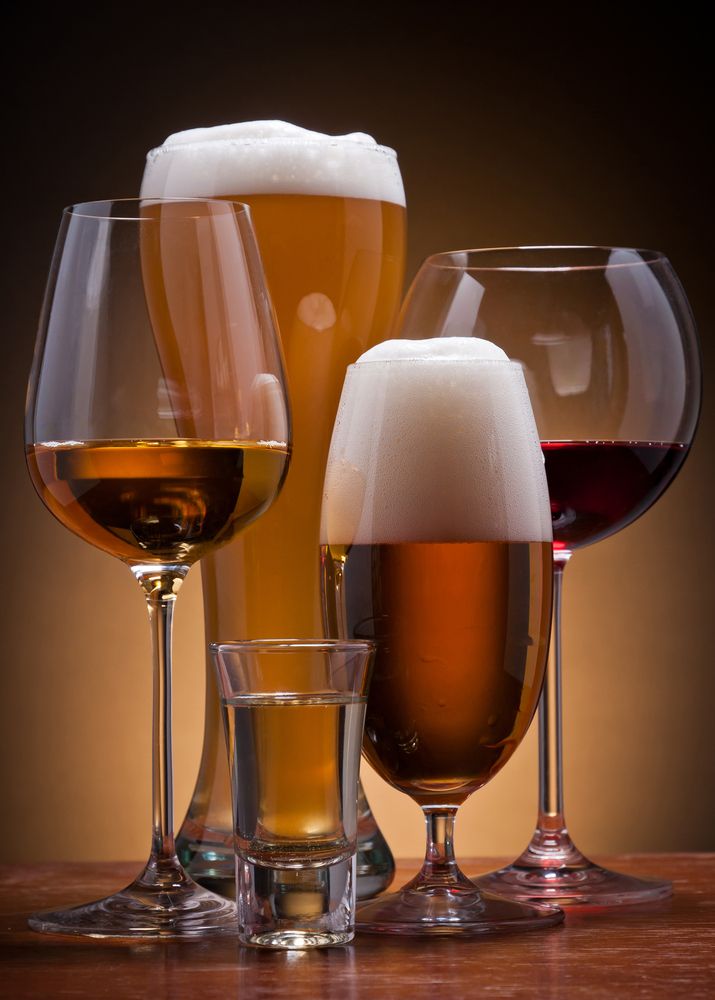
Embarking on a journey of sobriety, even for a limited period like 30 days, is a truly remarkable commitment. In an age where health and wellness are increasingly prioritized, challenges like Dry January and Sober September are gaining immense traction, with statistics revealing that a significant portion of US adults are embracing these temporary breaks. Whether you’re aiming for a full month of abstinence, contemplating long-term sobriety, or simply seeking to understand the potential benefits, knowledge truly is power when it comes to transforming your relationship with alcohol.
While every individual’s experience will inevitably be unique, there are common threads of change and adaptation that many encounter during their first month without alcohol. This article aims to illuminate these shared experiences, drawing insights from recovery coaching, personal sobriety journeys, and scientific understanding. We’ll explore the tangible shifts your body and mind undergo, from the initial challenging days to the rewarding transformations that unfold by the end of the month.
Before diving into the day-by-day and week-by-week changes, it’s crucial to underscore one vital piece of advice: always consult a medical professional before you stop drinking. Alcohol withdrawal is a serious medical concern, and planning with your physician ensures you can embark on this journey safely. With that essential precaution in mind, let’s explore the powerful physiological and psychological evolutions awaiting you.
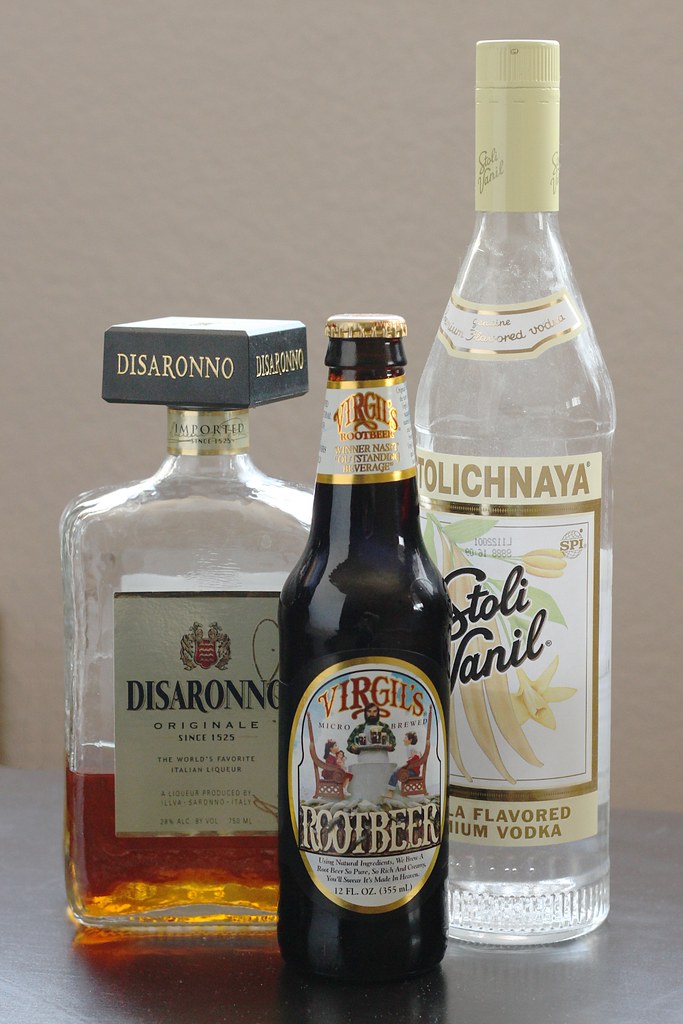
1. **Acute Withdrawal Symptoms Emerge**The first 24 hours without alcohol, often referred to as ‘day one,’ can be a whirlwind of emotions and physical sensations. It’s not uncommon to feel a complex mix of challenge, fear, and profound motivation all at once. Physically, your body may begin to manifest acute withdrawal symptoms, which typically surface within a week of discontinuing alcohol consumption.
These uncomfortable symptoms can include a range of experiences, from persistent headaches and bouts of nausea to unsettling anxiety. You might also notice cold sweats, experience unpredictable mood swings, and feel an unquenchable thirst that seems difficult to satisfy. These are all signs that your body is beginning to adjust to the sudden absence of a substance it has become accustomed to.
The severity of acute alcohol withdrawal symptoms can vary dramatically, ranging from relatively mild discomfort to severe, potentially dangerous, or even life-threatening conditions. This is precisely why the initial physician consultation is so critically important. Professional guidance ensures that you manage this challenging phase safely and effectively, providing peace of mind as your body initiates its healing process.
Read more about: Understanding the Journey: Common Changes Your Body Experiences When Nearing the End of Life
2. **Increased Resolve and Anticipation**Beyond the physical sensations, the emotional landscape of day one is equally significant. Many individuals embarking on sobriety report experiencing a profound sense of resolve during these initial 24 hours. The thought of “that was my last drink” often crystallizes into a powerful commitment, fueling a newfound determination.
This initial surge of resolve is frequently accompanied by a complex blend of anxiety and excitement as you look ahead to the journey. The anticipation of what lies ahead, coupled with the commitment to a significant lifestyle change, can evoke a wide spectrum of feelings. It’s entirely normal to navigate this rich emotional tapestry at the very beginning of your 30 days without alcohol.
To foster support and encouragement as you embark on this rewarding experience, consider reaching out to a sobriety community or engaging with a specialized therapist. These resources can provide invaluable guidance and a sense of connection, helping you ground yourself amidst the initial emotional shifts and build a strong foundation for the days to come.
Read more about: 15 Critical Mistakes to Avoid in a Job Interview: Expert Insights for Professional Success
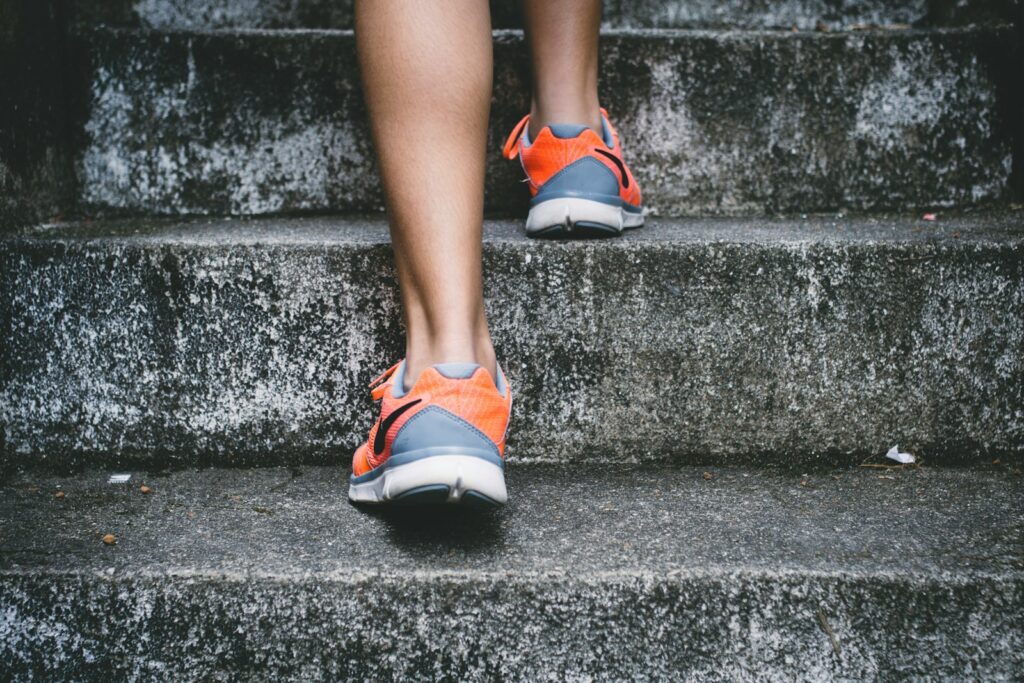
3. **Intensified Cravings and Lingering Discomfort**As you move beyond the initial 24 hours, particularly by day two, the journey can sometimes feel even more arduous than the very first day. This is often because many of the initial physical symptoms may persist, while the initial burst of excitement surrounding your decision to abstain might begin to wane. This fluctuation in motivation is a natural part of the process.
Around this time, you may start to experience alcohol cravings. These urges can be powerful and insistent, testing your resolve. Understanding that these cravings are a normal physiological response to alcohol absence can help you navigate them more effectively, as your body signals its desire for a familiar comfort.
During these first few days, particularly by day three, sleep disturbances are also a common occurrence. You might find yourself experiencing night sweats, battling insomnia, or facing frequent sleep interruptions. These issues arise as your body’s systems, accustomed to alcohol’s influence on sleep patterns, work to recalibrate and find a new equilibrium.
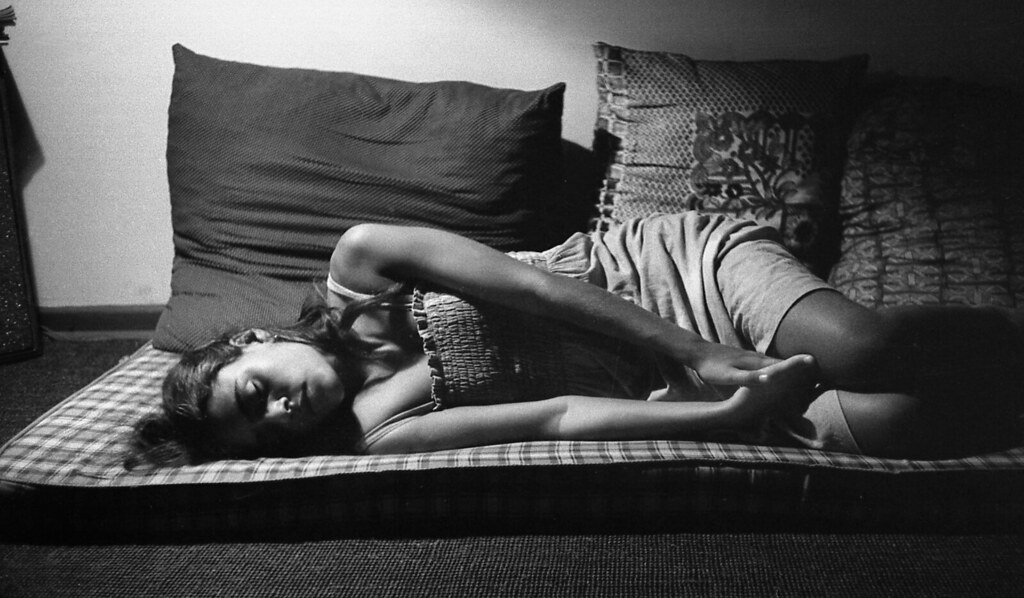
4. **Sleep Disturbances Normalize**Initially, the absence of alcohol often throws your sleep cycle into disarray. While many mistakenly believe alcohol aids sleep, research actually demonstrates that large amounts before bed lead to decreased sleep onset and disrupted, poor quality sleep later in the night. Your body, adjusting to life without its sedative effects, needs time to re-establish healthy sleep architecture.
These sleep disturbances, including night sweats, insomnia, and frequent awakenings, are to be expected as your system detoxifies and neurotransmitter levels rebalance. It’s a temporary but challenging phase where your body actively heals and attempts to restore its natural rhythm. Patience and understanding are key during this period.
The good news is that soon you’ll be on your way to more restful and restorative sleep. In the interim, developing a consistent and relaxing alcohol-free nighttime routine can significantly help to minimize discomfort and encourage better sleep habits. Simple practices like reading, taking a warm bath, or practicing mindfulness before bed can make a substantial difference as your body progresses towards more tranquil nights.
Read more about: Shocking Truth: Why Your Daily Energy Drink May Be Making You More Tired Than Ever

5. **Physical Withdrawal Symptoms Begin to Subside**By the fourth day of your alcohol-free journey, a noticeable shift often occurs as many of the acute physical symptoms of withdrawal may start to subside. This can be a moment of relief, as the intense physical discomfort begins to ease, signaling that your body is making significant progress in its detoxification process. It’s important to remember, however, that individual experiences vary, and consulting a physician remains paramount.
However, it’s also important to be aware that while the immediate, severe symptoms may lessen, other symptoms can linger for weeks or even months. This can be indicative of post-acute withdrawal syndrome (PAWS), a condition characterized by more subtle but persistent cognitive and emotional symptoms. Understanding PAWS can help you prepare for its potential effects, knowing that these too will eventually pass.
No matter the duration or intensity of your withdrawal symptoms, it’s a powerful truth that they will, indeed, pass. This period of healing requires perseverance and self-compassion. Focusing on the gradual improvements can provide immense motivation, reinforcing the positive changes occurring within your body and mind as you move forward.
Read more about: Beyond the Hype: 13 Intermittent Fasting Side Effects You *Really* Need to Know Before You Start!

6. **Emotional Fluctuations and Mental Health Adjustments**As you approach day six, it’s quite common to experience fluctuations in your mood and motivation. The absence of alcohol often brings to the forefront emotions that may have previously been numbed or suppressed, leading to periods of heightened sensitivity or irritability. Your mental health is actively recalibrating during this initial week of sobriety.
These mood swings and intense emotions are a natural part of the healing process. Alcohol can act as a depressant or a false stimulant, and without it, your brain’s chemistry is working to find a new equilibrium. This period allows you to confront and process feelings with a newfound clarity, even if it feels uncomfortable at times. Around day nine, feelings of restlessness or irritability can also come to the surface, as your body continues to adjust.
Engaging in alcohol therapy can provide expert guidance to help you navigate these complex feelings. A therapist can equip you with coping strategies and insights, ensuring you have the support needed to work through these emotional adjustments effectively. Connecting with others in support groups can also offer validation and shared experiences, making you feel less alone in these shifts.
Read more about: 12 Critical Warning Signs of Sleep Apnea You Can’t Afford to Ignore: A Comprehensive Guide to Understanding and Addressing This Silent Threat

7. **A Week of Accomplishment and Initial Healing**Reaching the seven-day mark is an incredible achievement and a significant milestone in your sobriety journey. Making it through the first full week without alcohol is a testament to your resolve and commitment, and it’s something truly to be proud of. The worst of the acute physical symptoms will most likely be behind you by this point.
This accomplishment often includes successfully navigating a weekend without drinking, which for many, presents unique social challenges. You might have had to politely decline drinks, explain your choices to friends, or even avoid certain social situations. Each of these moments, successfully managed, builds your confidence and strengthens your new habits.
Take a moment to fully soak up this feeling of accomplishment. This initial success provides a powerful boost, demonstrating your capacity for resilience and change. Use this positive momentum to fuel your commitment for the weeks ahead, recognizing the significant progress you’ve already made in taking control of your health and well-being.
Read more about: 12 Evidence-Based Techniques to Naturally Manage Anxiety and Reclaim Your Calm

8. **Week Two: Embracing New Routines and Mental Shifts**Stepping into your second week of sobriety, reaching the eight-day mark is a quiet triumph. With the most intense physical withdrawal symptoms largely behind you, a new challenge often arises: boredom. The time and energy previously spent on drinking or recovering from its effects now open up, leaving a void. This is a crucial period to redirect that newfound capacity into constructive, alcohol-free activities.
This phase is a fantastic opportunity to explore new hobbies or revisit old passions. Engaging in fulfilling activities serves as a powerful distraction from lingering alcohol cravings and helps establish positive new routines. By day nine, feelings of restlessness or irritability can surface. Connecting with supportive communities, online or locally, provides invaluable encouragement and reminds you that you’re not alone.
Around day ten, many experience their first full night of quality sleep. You might notice more vivid dreams and wake feeling genuinely rested and energized, a stark contrast to alcohol-induced slumber. By day eleven, mornings often bring profound well-being, with less alcohol-related anxiety and significantly improved mental clarity. This deeper appreciation becomes a powerful motivator.
Even as sleep improves, day twelve might bring vivid dreams about drinking alcohol, potentially causing disorientation upon waking. This is a normal psychological response. Cravings may persist into week two, often strongest at a specific “witching hour.” Strategically scheduling a rewarding activity during this time helps navigate these urges. By day fourteen, two full weeks of sobriety are complete, a substantial achievement laying a solid foundation for the weeks ahead.

9. **Week Three: Deepening Well-being and Physical Rejuvenation**Entering your third week without alcohol, you’ve likely developed robust new routines and activities. Perhaps a new workout regimen, daily journaling, or a podcast series fills your time. These pursuits are more than distractions; they are foundational steps in your recovery, offering positive outlets and renewed purpose. Having activities to look forward to signifies a major advancement.
Parallel to these shifts, your body continues its remarkable healing. Around day sixteen, many report a more normal, consistent appetite. The erratic eating patterns associated with alcohol consumption begin to normalize, contributing to a balanced diet. This physiological adjustment stabilizes energy levels and overall physical health.
While alcohol cravings may lessen, it’s common for sugar cravings to emerge or intensify around day seventeen. Many alcoholic beverages are high in sugar, and your body seeks a familiar comfort. While temporary sugar consumption is acceptable, discussing healthier coping mechanisms with your physician or therapist is wise for long-term recovery.
By day eighteen, cognitive benefits appear, including increased productivity and concentration. This enhanced mental clarity often improves interpersonal dynamics. Around day nineteen, interactions with loved ones without alcohol’s influence may lead to fewer arguments and more authentic conversations. By day twenty, you might not only feel but also look rejuvenated, with improved skin and reduced puffiness. Reaching day twenty-one brings a profound boost in overall wellness and satisfaction.
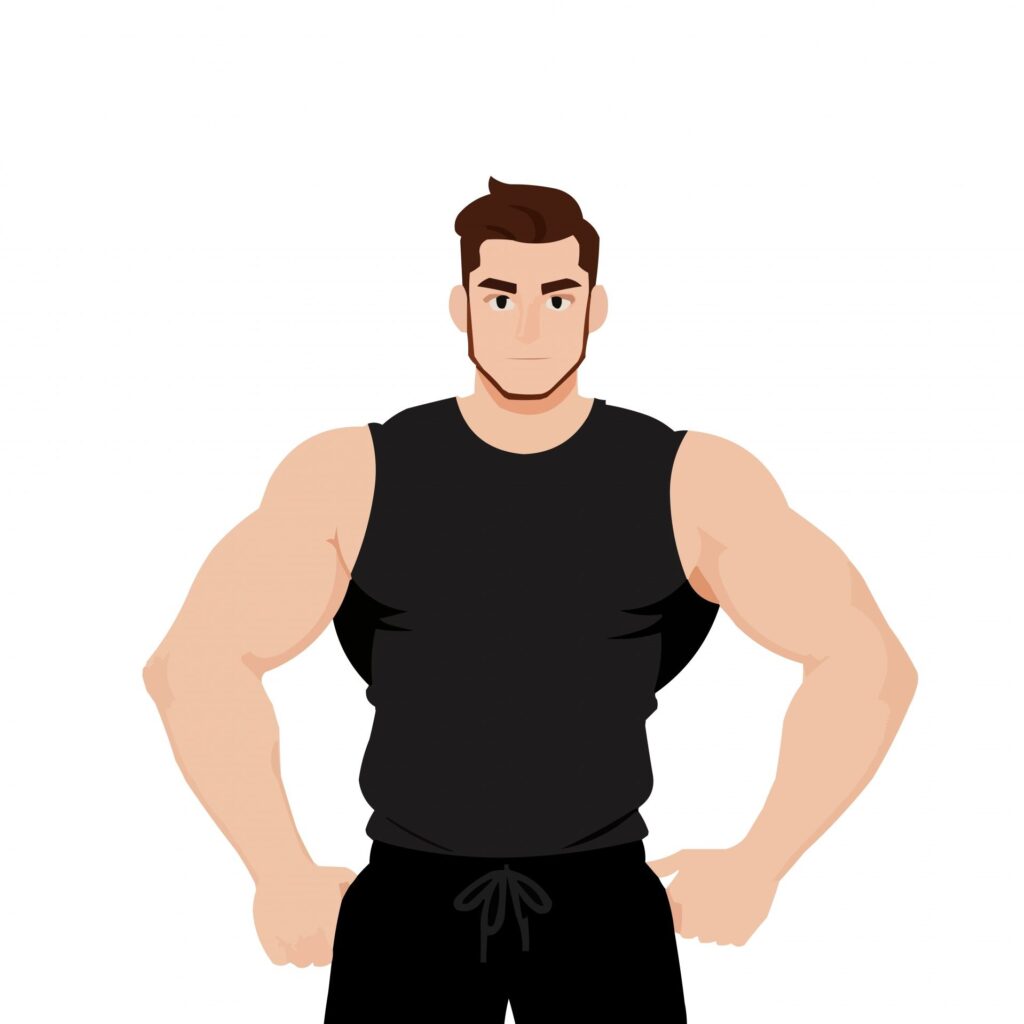
10. **Week Four: Consolidating Progress and Future Planning**Entering the final week, your body continues to shed alcohol’s lingering effects. By day twenty-two, inflammation significantly improves. Many observe a slimmer face, reduced bloating, and less joint pain. These tangible changes underscore the deep internal healing underway.
Even now, post-acute withdrawal syndrome (PAWS) symptoms like anxiety and fatigue may fluctuate. These are normal as your body adjusts; PAWS can persist intermittently for weeks or months. This period also allows for addressing potential setbacks. If you experience a slip, remember it doesn’t erase progress. Re-engaging with support systems is crucial, recognizing that a 96% sober month is still an amazing achievement.
Around day twenty-five, a doctor’s check-up can be highly motivating. Health improvements, like healthier liver enzymes or stabilized blood pressure, confirmed by professionals, provide objective evidence of recovery. By day twenty-six, many look forward to weekend mornings, replacing hangover dread with joy from hobbies, family time, or DIY projects.
By day twenty-seven, excitement for the finish line surges. Reflecting on your journey, perhaps through journaling, provides valuable insights and appreciation for your resilience. Day twenty-eight often brings a critical juncture: contemplating your future with alcohol. Thoughts like “I like how I feel; I should stay sober” or “Good to know I can do this!” are normal. Visualizing your ideal self and discussing values with a therapist is highly beneficial.
Following reflection, stronger cravings might emerge around day twenty-nine. This is a common response to contemplating a return to drinking. Lean on your cultivated coping strategies to navigate these urges. Finally, day thirty arrives—a monumental accomplishment. You’ve overcome obstacles, established routines, and expanded your resilience. You feel better mentally and physically, proving your capacity for challenging goals. Pause, reflect, and relish this incredible progress.
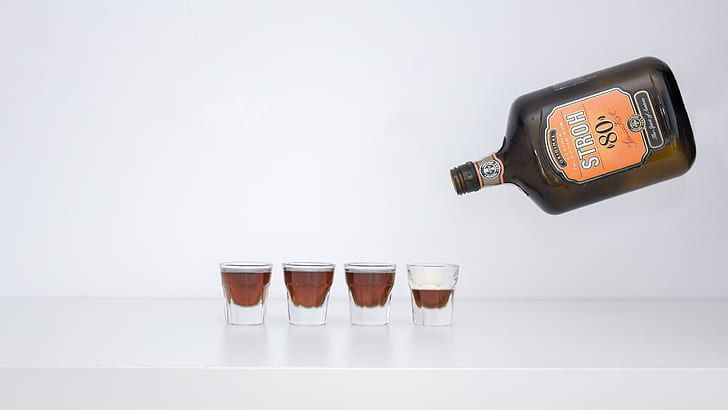
11. **Significant Liver Repair and Detoxification**Beyond daily shifts, a profound transformation from quitting alcohol is the remarkable repair of your liver. Chronic excessive alcohol consumption can lead to cirrhosis, severe liver scarring. However, initial stages of excess drinking often involve fatty liver changes, which are reversible when alcohol is removed.
Medical experts confirm the liver’s incredible tolerance and regenerative capacity. Positive changes can begin within weeks of abstinence. Dr. Dasgupta states, “fatty changes in the liver… are reversible, and the liver can become normal again” when you stop drinking. This capacity for self-repair highlights the immediate, tangible benefits of sobriety.
Moreover, without the burden of processing alcohol, the liver redirects energy to its other crucial functions. Dr. Kumar explains it “can focus on its other jobs, such as breaking down other toxins… metabolizing fats and excess hormones.” This return to normal function enhances overall detoxification and metabolic health, boosting your renewed well-being.
Read more about: Sandra Bullock’s Ageless Radiance: Unveiling the Skincare Secrets That Keep Her Forever Young
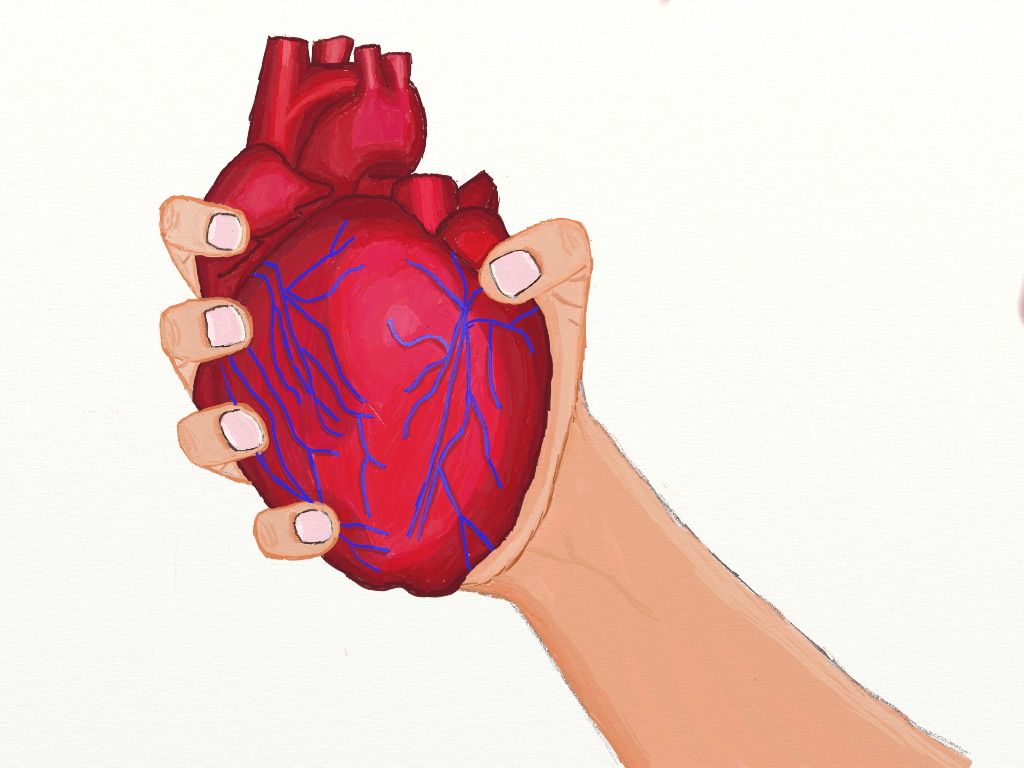
12. **Reduced Risk of Heart Disease and Cardiovascular Health**Quitting alcohol, especially if your consumption has been excessive, significantly decreases your risk of heart disease and promotes cardiovascular health. Excessive alcohol saturates the primary metabolizing enzyme, forcing processing through a different pathway. This produces free radicals, which oxidize “bad cholesterol” (LDL), leading to blockages in carotid arteries and serious heart conditions.
Historically, moderate drinking was linked to cardiovascular benefits, like increased “good cholesterol” (HDL). However, newer research from 2023 and a 2022 study challenges this, suggesting no amount of alcohol is truly protective against all-cause mortality, particularly for those under 40. Dr. Dasgupta clarifies: “protect the heart with [a] low amount of alcohol, but increase the risk of cardiovascular disease with high amount of alcohol.” This emphasizes the benefits of abstinence, especially for heavy drinkers.
Genetic and ethnic factors also influence alcohol’s impact. Research indicates certain groups, like those of Chinese and Indian descent, may not benefit due to genetic predispositions. For anyone concerned about heart health, medical professionals recommend decreasing alcohol intake and increasing physical activity, a dual approach that actively raises good cholesterol and safeguards the heart.
Read more about: Empowering Your Plate: 14 Dietary Strategies to Significantly Lower Your Cancer Risk
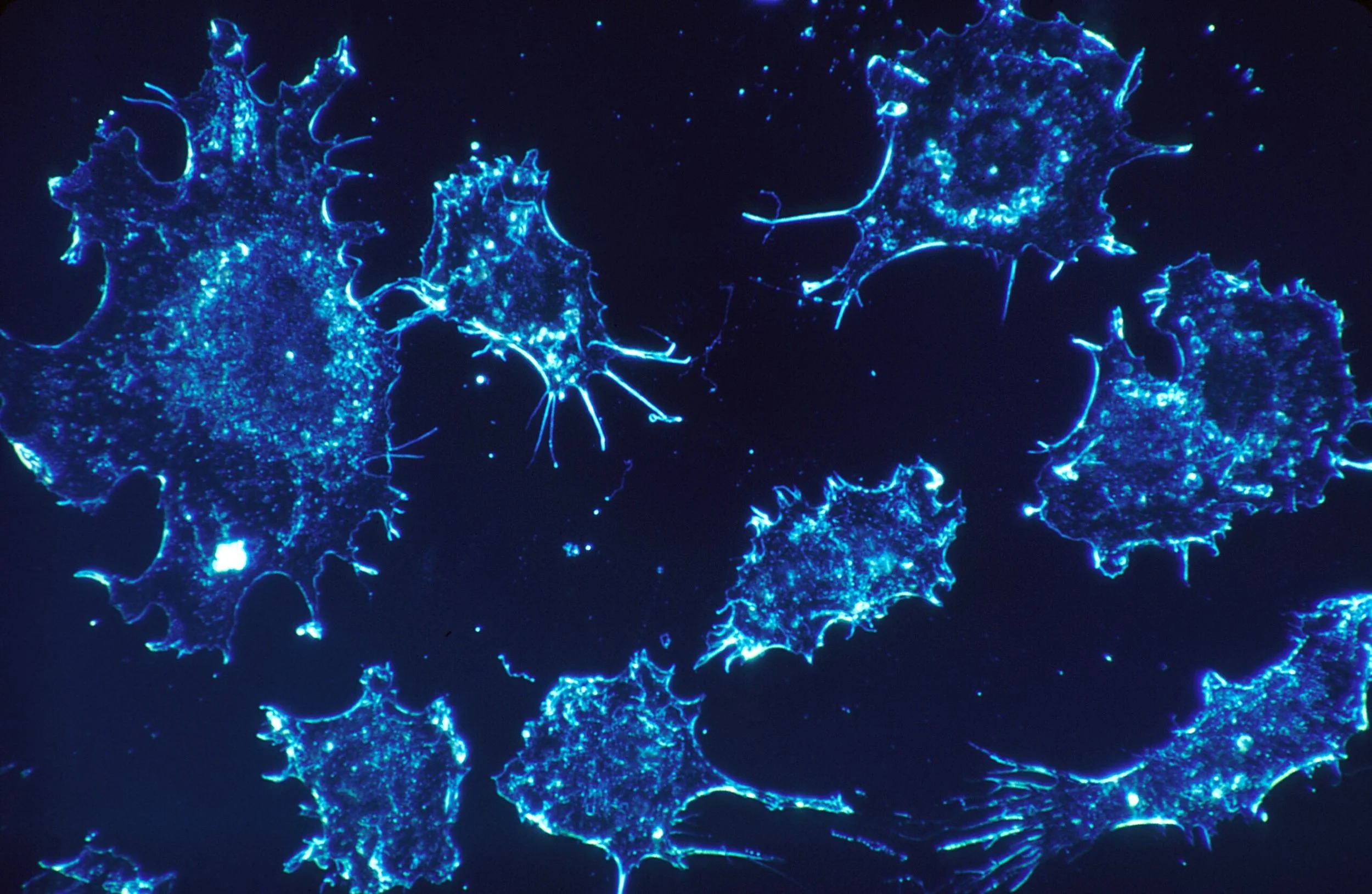
13. **Lowered Cancer Risk and Enhanced Cellular Health**One of the most compelling long-term health transformations from quitting alcohol is a significant reduction in cancer risk. The U.S. Department of Health and Human Services lists alcohol as a known human carcinogen. This designation underscores the direct link between alcohol and cancer, with risk increasing proportionally to the amount and regularity consumed.
Alcohol consumption is linked to various cancers: head and neck, esophagus, liver, breast, and colorectum. Data from 2013 estimated that 3.5% of U.S. cancer deaths were alcohol-related, illustrating its widespread impact on cellular health.
Even moderate drinkers may face increased cancer risk. A 2024 study found moderate drinking offered no benefits for older adults, instead raising cancer and disease-related mortality risk. By abstaining, you actively remove a known carcinogen, allowing your body’s natural defenses to function more effectively. This significantly reduces your long-term susceptibility to these devastating diseases.

14. **Potential for Sustainable Weight Management**Quitting alcohol for 30 days can unlock significant potential for sustainable weight management. Excess alcohol often contributes to weight gain, not just from high calories, but also from added sugars in drinks. Eliminating alcohol naturally removes a source of empty calories and sugars, fostering an environment for weight loss.
Weight loss varies based on baseline consumption. Dr. Kumar notes that “heavier drinkers… might see weight loss, improvement in body composition, less stomach fat, improvement in triglycerides.” This suggests pronounced effects for those with substantial alcohol intake.
For individuals optimizing other lifestyle aspects—diet, exercise, sleep, stress management—yet struggling with weight, medical professionals sometimes recommend alcohol elimination. Dr. Kumar observes that “many women around menopause report gaining weight from alcohol much easier.” While a 30-day break is a great start, long-term management benefits most from a holistic approach, avoiding deprivation and encouraging gradual changes across all lifestyle areas.
Read more about: Unlock Your Inner J.Lo: The Empowering Morning Routine That Fuels Jennifer Lopez’s Demanding 14-Hour Workdays
Life continues to improve as we heal and progress on our recovery paths. While life’s problems don’t vanish, we become much better equipped to handle them. This 30-day alcohol-free journey is more than a temporary detox; it’s an empowering exploration of your body’s incredible capacity for healing and your mind’s profound strength. The benefits—from mental clarity and restful sleep to a healthier heart and liver, and reduced disease risk—are not fleeting. They build a solid foundation for a future where you are better equipped to navigate challenges, embrace genuine well-being, and discover a more vibrant, authentic version of yourself. This is a testament to your resilience, a powerful step toward sustained health, and a celebration of self-care and empowerment.





